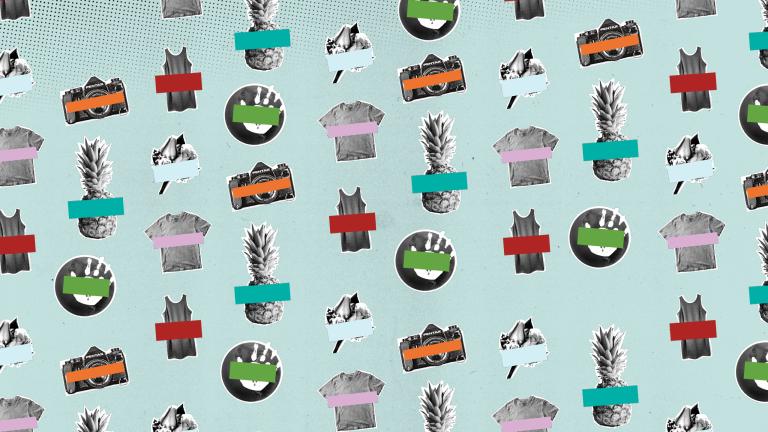We have adapted some of our education programs and resources to support educators and students in at home learning.
This version of the Be an Upstander teacher guide simplifies the classroom project into four at‐home lessons, incorporating a video introduction and an interactive web resource.
The first three lessons introduce students to upstanders and human rights and connect with their learning on a personal level. The final lesson challenges students to become a human rights upstander through a completing a small, action‐oriented inquiry project.
